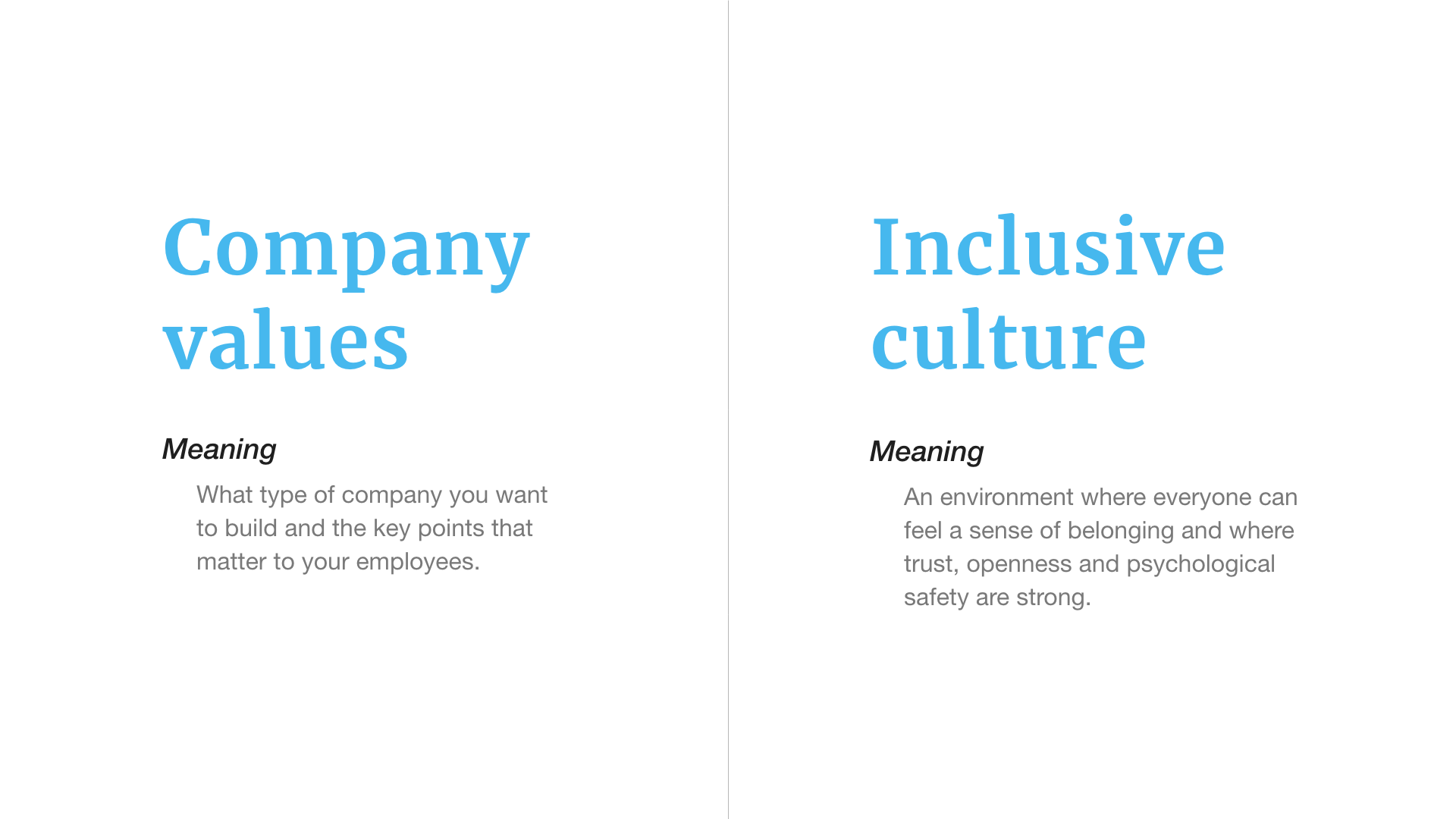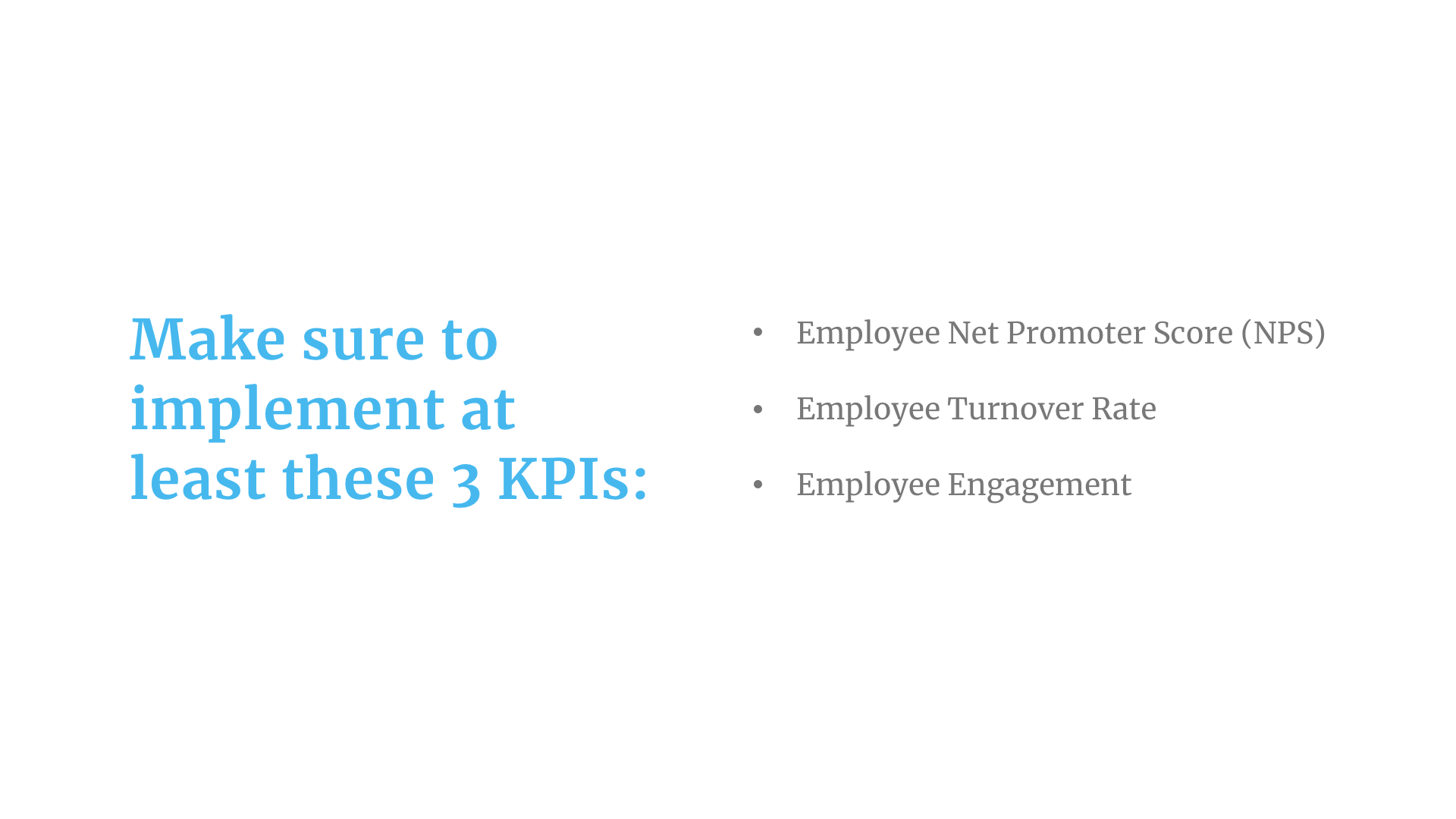Maria 01, Building 5, entrance B
Lapinlahdenkatu 16, 00180 Helsinki
Making history? lets@maki.vc
Press inquiries: press@maki.vc
Blog | Apr 26, 2020

You’ve spent tens of thousands on attracting talent, securing your top choice and introducing them to the job. Over time, they’ve grown into extremely valuable players that begin to pay off this cost. Then, seemingly out of nowhere, you receive their resignation. Feels like getting the air knocked out of you, doesn’t it? Firms often start focusing on retention too late, and founding teams end up learning the hard — and painful — way round.
When employees leave, it doesn’t just cost your company money and knowledge, but it affects the morale of other team members, can impact your employer brand, and raise questions and concerns among customers and partners. Startups are often in a critical race against time, so finding and onboarding a replacement doesn’t just happen overnight either.
There are of course many reasons to leave, many of which are out of an employer’s hands. At the same time, the global trend in average tenure is a decreasing one. That’s why organizations are under greater pressure to understand what their employees really value and find ways of constantly building engagement. Here are eight ways of getting started:
No matter how long you’ve worked at a company, you’ll most likely remember your first days on the job — whether someone took you to lunch or you ate alone at your desk, if you had work equipment in place or had to ask around for a laptop. These first moments make a lasting impression. So even if you’re crunched for time, don’t fast-track onboarding and expect people to figure things out on their own. Onboarding doesn’t just help people get up to speed fast, but also affects motivation and commitment in the long term. It’s an important opportunity to manage expectations, support your new employees, and take moments to reflect back together.
If your employees leave within their first six months, it’s a pretty strong indicator that you need to work on your onboarding process. In fact, you would be surprised how often I talk with startups who don’t have any formal process in place. If you’re one of these, now is high time to start planning and implementing one.
People often have a hard time distinguishing between company values and culture — how they are defined and how they evolve over time.
Your values are what you define from the very beginning — what type of company you want to build and the key points that matter to your employees. These create the foundation of your organization, and typically stay the same over time. They form the core principles of your decision making and define who you hire, and they ultimately affect what type of culture is cultivated and how it evolves.

While there’s often a misbelief among companies that culture should stay the same over time, in reality, your culture is constantly evolving as every new hire brings something new to the table.
To increase retention, don’t stop at well-defined values, but make sure you’re constantly building an inclusive culture around them. This will allow your startup to attract and retain people with diverse demographics and backgrounds, increasing your chances for business growth and hiring in the future.
And if this is the first time you’re thinking about your culture from an inclusive perspective, here are a few good reads to get you started: Forbes: Four Steps To Create A Truly Inclusive Culture, Harvard Business Review: The Key to Inclusive Leadership, and Harvard Business Review: Diversity Doesn’t Stick Without Inclusion.
There are tons of great software that you can leverage to measure your people’s engagement and understand what really matters to your employees — so make sure to use them. Don’t just trust your gut feeling or only listen to the most vocal members of your team, but really look closely at what the results show. You won’t be able to fix everything at once, so prioritize and plan concrete actions to tackle issues. Were the results on internal communications and your feedback culture poor? Think about concrete routines and practices to fix these.
And even though I just said that it’s a good idea to use software to measure engagement, if you’re not ready to listen and act on it, don’t bother.

You might have heard the saying that people don’t leave jobs, they leave their managers. This is often true: a manager has a huge impact on their team’s engagement, both for good or for bad. Often managers in startups are first-timers in leadership positions, so they might not hit it out of the ballpark on their first go (if they do, make sure to hold on to them!). That’s why it’s especially important that startups support their managers and help them grow by investing in their coaching and training in areas like communication skills, the role of a manager, and giving feedback. Trust me on this — it will pay itself back sooner than you think.
People care about their own development and want to learn new things. Most people are driven by the desire to make an impact, and more responsibility is a signal of trust. When the company vision and goals are clear to your employees, foster freedom and responsibility wherever possible to allow people to problem-solve their way there. When they do, give them more responsibility and growth opportunities to keep up their appetite. While most of the learning happens on the job, you can also build more structured learning opportunities across your company by organizing training to help employees develop new skills, building career plans or providing mentoring.
Startups can’t typically afford to pay top of the market salaries, which is why your overall compensation strategy plays a big part in keeping people happy and motivated. Consider what the people you need to attract and retain value and define the overall package — things like salary, benefits, bonuses and option packages. While tempting, don’t just copy-paste what other companies do here — meaningfulness is key. If work-life balance is deeply embedded in your values and you want to retain employees with families, you might forego the free festival passes and offer daycare solutions or longer vacations to match school holidays instead.”
When your compensation strategy is clear, make sure to communicate it clearly. Too often great packages are underappreciated because your employees might not understand how for example an option package works or what terms like vesting or cliff even mean. And of course, keep in mind that compensation is not the only way to share recognition.
Simon Sinek starts with ‘why’, I chose to end with it. No, but in all seriousness — there’s a reason for all this talk about purpose.
It’s important for your employees to understand why your company exists and what you’re trying to achieve — especially as a startup that is driven to challenge and create something new. While you might feel like a broken record and that surely this must be clear to everyone, I guarantee you it’s not.
Everyone in your startup needs to understand the landscape you operate in, the competition you have and the challenges that you’re facing. This doesn’t just help run your business but creates a sense of purpose among your employees. It reminds them even on the harder days what they are fighting for and why. If you’re missing a purpose, you’re likely just optimizing a short term goal that doesn’t speak to an audience beyond the founding team. The result? Your people will grow bored and uninspired quickly.
Finally, even if you’ve followed these steps to a tee, you’ll still encounter employees that are unhappy or on the lookout for other opportunities. While it’s important to pay attention to these signs, make sure that you’re not using all your time and energy retaining people who are struggling, unhappy or disengaged. Too often these people steal the spotlight, when you really should be prioritizing retaining the people that you need to keep to grow and scale your startup.
Julia Hämäläinen is the COO of Inklusiiv, a non-profit community advancing diversity and inclusion in working life. She has previously worked as the Global HR Operations Lead at Smartly.io and the Chief People Officer of Slush. She also has a passion for consulting early-stage startups to grow and scale.